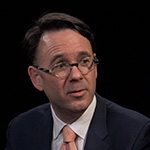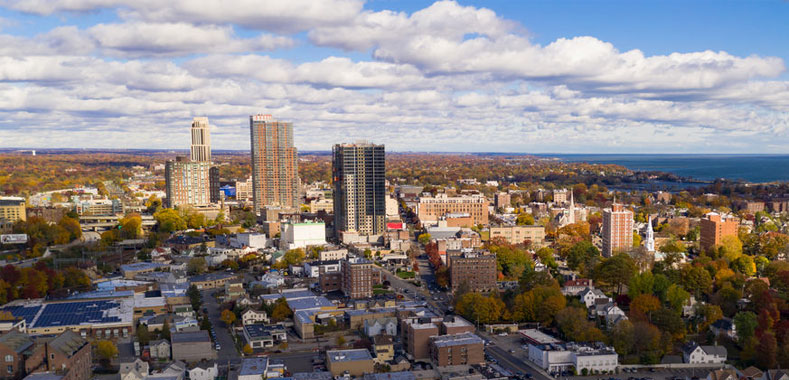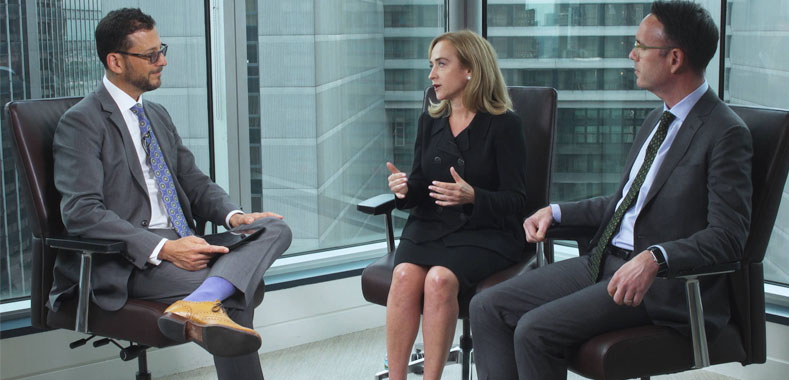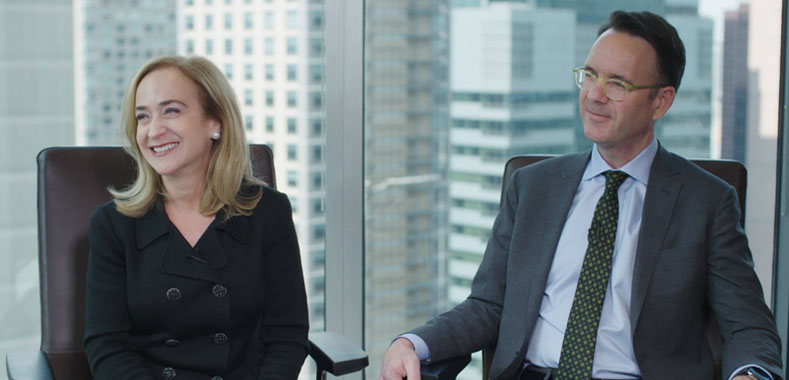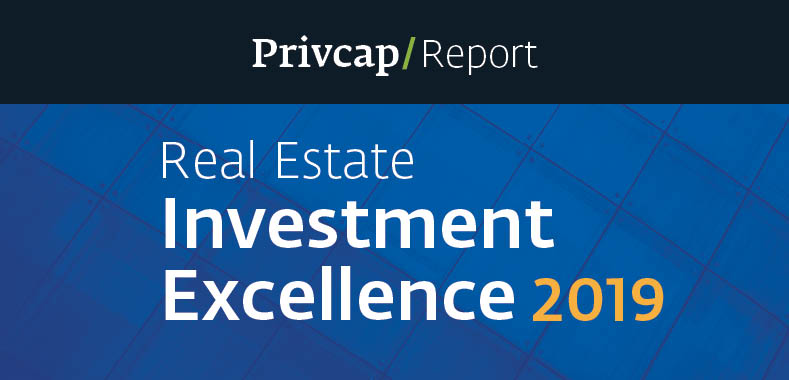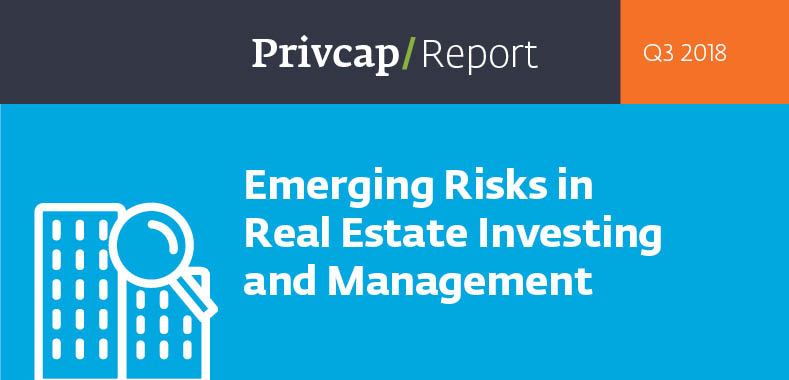How PGIM Real Estate Keeps Up With an Aging Population
Download the article here
The good news is that Americans are living longer, more active lives. The bad news is that there isn’t enough suitable housing for them as they age. This, of course, points to investment opportunities, according to PGIM Real Estate’s Cathy Marcus and Lee Menifee.
Privcap: What does your team’s research into the senior population reveal about possible real estate investment plays?

PGIM Real Estate
Lee Menifee, PGIM Real Estate: In the coming decade, there will be three times as many people will be added that are 75 and older than there were over the last decade. If you think about that in terms of the need for senior housing, that could mean that we need up to 50 percent more units over the next decade. Two-thirds of senior housing apartments are more than 15 years old, and the design around senior housing communities has really changed significantly over that period.
The other area is manufactured housing. There’s a niche of manufactured housing for people aged 55 and older, which tends to be a very stable segment of the manufactured housing sector. There’s been a lot of growth in demand and very little growth in supply in that segment. Only 10 new manufactured housing communities have been built in the U.S. over the last 20 years.
What else is unique about the manufactured housing sector?
Menifee: In manufactured housing, the owner of the community owns the land, and the individuals own the property or the house on top of it. Essentially, they are renting the land but providing their own house. In many cases, I think that the visual that comes to mind would be more of a trailer park, and while that is part of the market, there are manufactured housing communities that look exactly like a suburb in almost any part of the U.S., with very permanent structures, landscaping, streets—everything that you would expect to see in a suburban environment.
Cathy, what are some investment plays that PGIM Real Estate is pursuing as a result of this research?
Cathy Marcus, PGIM Real Estate: We’ve been investing in senior housing for 20 years, and during those 20 years the space has changed tremendously. Some of that is obvious, based on demographics and the fact that people are living a lot longer.The average age of a resident in one of our senior housing projects is much higher than it used to be.

PGIM Real Estate
We develop across the private pay spectrum, including independent living, assisted, and memory care. Now we’re moving more broadly into active adult, which really is about amenities.
The active-adult sector is a little bit like what independent living used to be 20 years ago, when we first got into the space. That could be people, maybe in their upper 50 or lower 60s, who are downsizing—maybe they’re retired, maybe they’re working part-time. They want an active environment, and they don’t need any healthcare, medical care or assistance, or anything like that, but maybe they don’t want to live with a bunch of teenagers next door.
A lot of what we’ve learned from being active-adult investors both in the A space and in the B space has taught us a lot about amenities. The active-adult space has its own set of amenities, which we’re now looking at. Lots of tennis and pools and happy hours.
What else has your research uncovered about successful senior housing investing?
Menifee: The operator makes a big difference. The success of an individual property has a lot less to do with the physical characteristics, although that’s important, and much more to do with operational capability. I think that if you summarize the last 20 years of investing in the segment, that is the common theme that runs through it.
Marcus: And then how we take that and make it into an investment imperative is really important. Senior housing projects take a much longer time to lease up than traditional apartment projects, and so that operation is key. In addition, you might have a food service that is more akin to a hotel, frankly, from an operational leverage perspective, than to a traditional apartment project. For those reasons, we tend to invest in multiple properties with one operator.
Talk a bit more about how an idea at PGIM Real Estate moves from a research finding to a real investment strategy.
Marcus: We have quarterly investment strategy meetings that are led by our research group. Lee’s team and his co-workers around the globe come up with a theme for the quarter that will be a special topic that we’ll dive into. Then, at the very end, we actually take time to figure out what to do with all the information. What is actionable, and what should we be doing? That’s really how we make this a very tangible process—by starting off very, very big picture and then getting down to “OK, how do we invest our investors’ money now?”
The good news is that Americans are living longer, more active lives. The bad news is that there isn’t enough suitable housing for them as they age. This, of course, points to investment opportunities, according to PGIM Real Estate’s Cathy Marcus and Lee Menifee.

